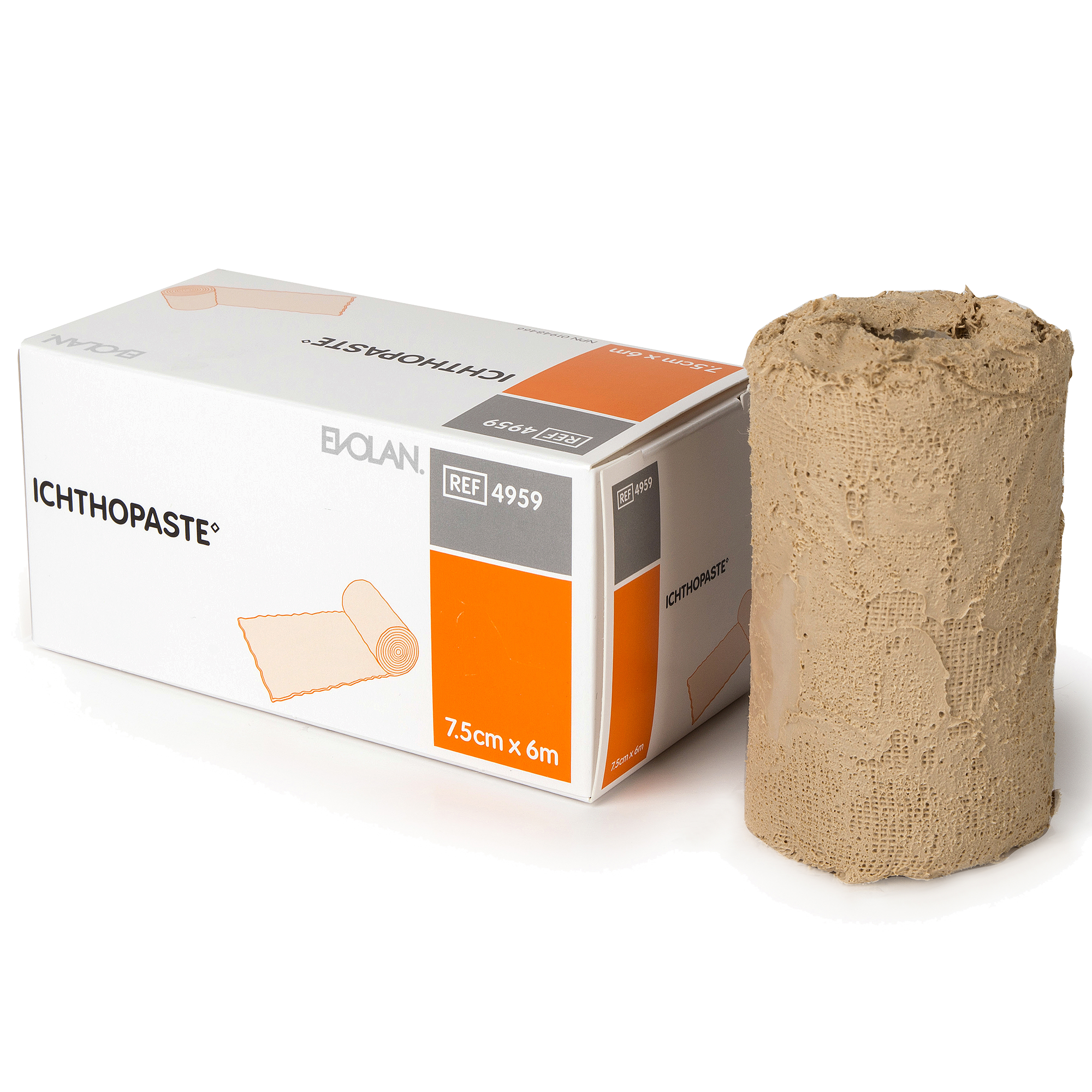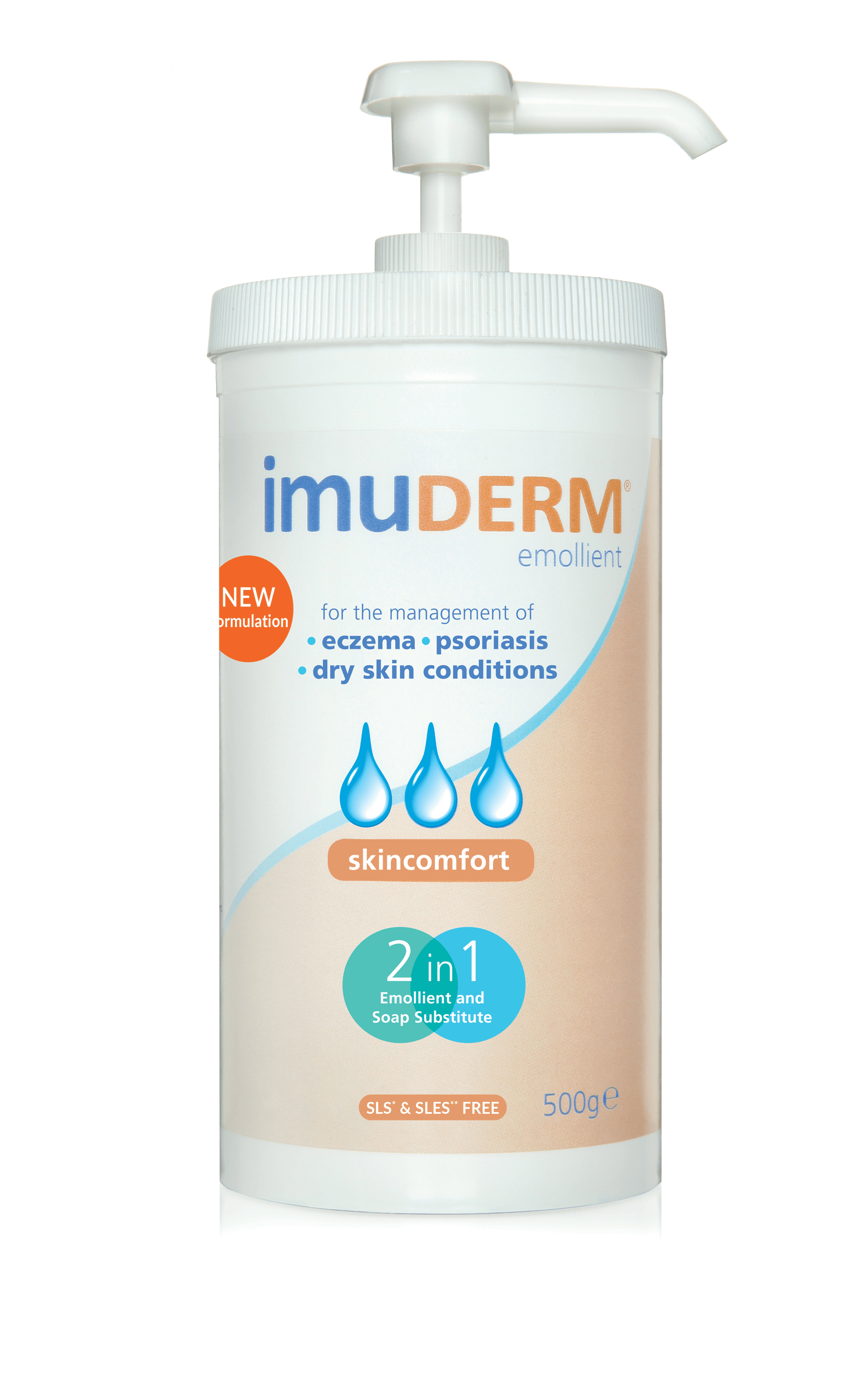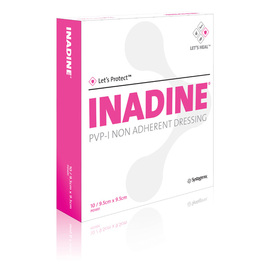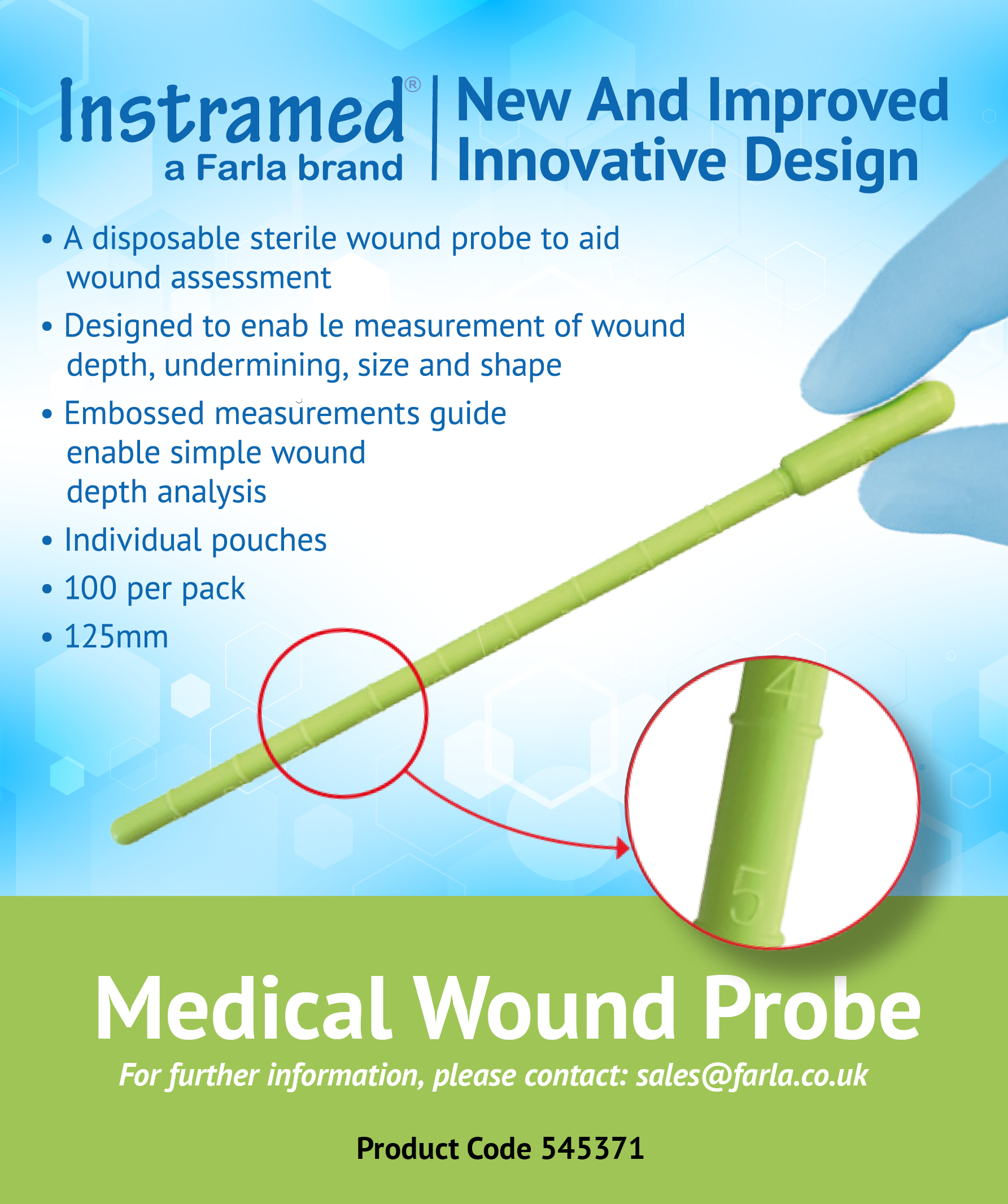

The professional's guide to wound product selection

The professional's guide to wound product selection

Topical skin cream that protects against digestive enzymes, urinary acids and wound exudates. Comprises calcium/sodium PVM/MA copolymers, corn starch, white petrolatum, phenoxyethanol and isopropyl isobutyl butylparabens, sodium carboxymethyl cellulose and zinc oxide. Alcohol and latex-free. Suitable for adults, children and babies. Can be used with other prescribed topical agents such as antifungal and antibacterial treatments.

Soothing, protecting and hydrating emollient cream containing urea 5% and glycerine 5%. Apply plenty of product to achieve results.

Non-adherent dressing impregnated with 10% povidone-iodine. Colour change indicates when to change dressing.
Soft silicone fixation tape

Disposable wound assessment device
A bilayer membrane system for skin replacement. The dermal replacement layer is made of a porous matrix of fibres of cross-linked bovine tendon collagen and glycosaminoglycan (chondroitin-6-sulphate) that are manufactured to have a controlled porosity and defined degradation rate. The collagen-glycosaminoglycan biodegradable matrix provides a scaffold for cellular invasion and capillary growth. The epidermal substitute layer is made of a thin polysiloxane (silicone) layer to control moisture loss from the wound. The silicone outer layer is removed when the dermal skin has regenerated and is replaced with a thin epidermal skin graft.
Available in thin and regular thicknesses, this is an advanced matrix for dermal regeneration. The dermal replacement layer, which consists of a porous three-dimensional matrix comprised of bovine tendon collagen and chondroitin-6-sulphate, is designed to have a controlled porosity and defined degradation rate. It promotes wound healing in a single application. Integra Single Layer Template can be used as a standalone matrix or in combination with the bilayer Integra Template to add extra thickness to the dermal layer, when wounds of different depths are to be treated.
An advanced bilayer matrix for dermal regeneration. The dermal replacement layer, consisting of a porous three-dimensional matrix comprised of bovine tendon collagen and chondroitin-6-sulfphate, is designed to have a controlled porosity and defined degradation rate, and promotes wound healing in a single application. The temporary epidermal layer is made of synthetic polysiloxane (silicone). The semipermeable silicone membrane controls water vapour loss, provides a flexible adherent covering for the wound surface, and adds increased tear strength to the device. Can be used in conjunction with NPWT.
Comprises a non-woven dressing with a clear amorphous hydrogel. The hydrogel contains a modified Carboxymethyl cellulose polymer, propylene glycol and water.